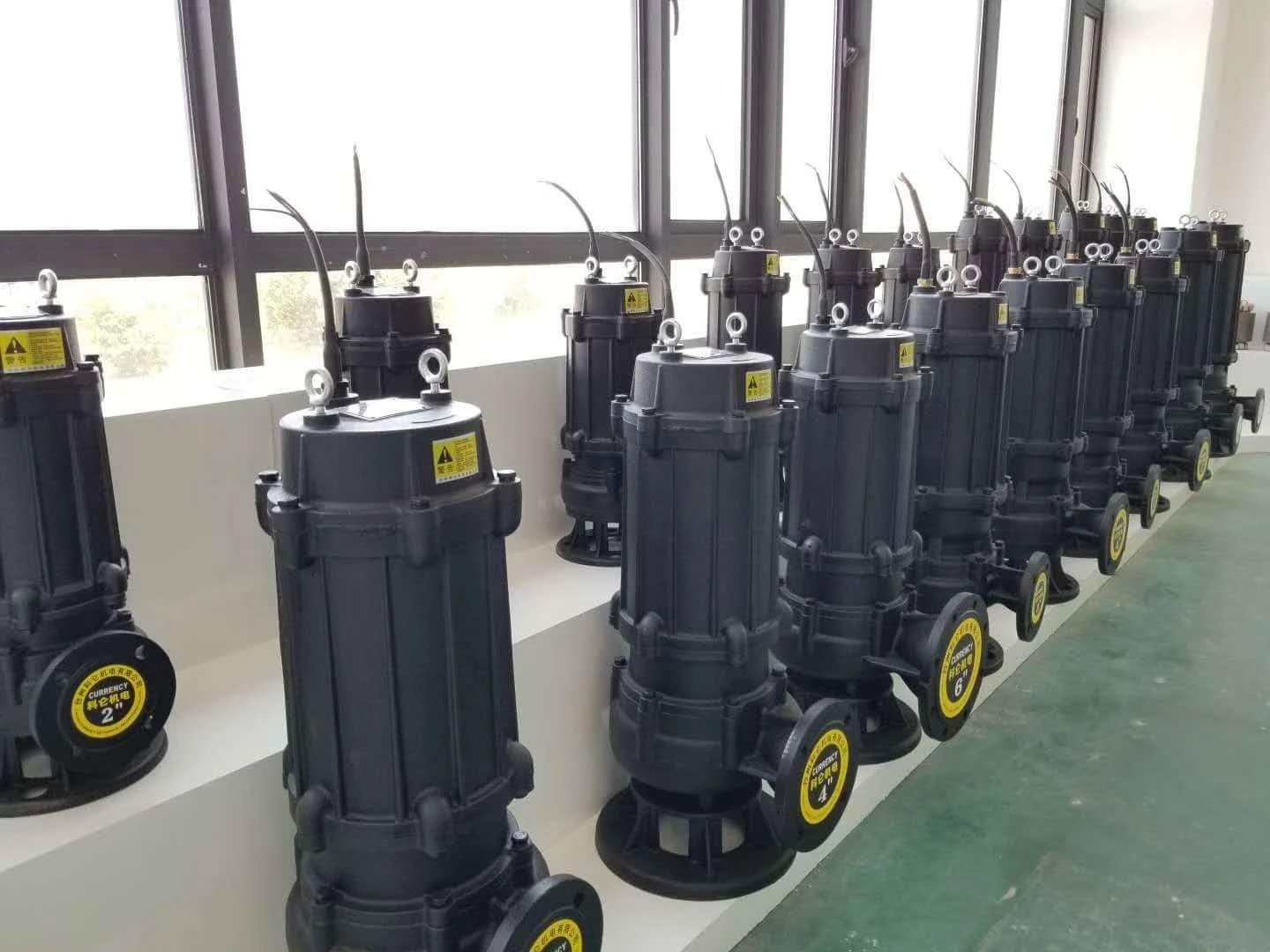Malayalam
- Afrikaans
- Albanian
- Amharic
- Arabic
- Armenian
- Azerbaijani
- Basque
- Belarusian
- Bengali
- Bosnian
- Bulgarian
- Catalan
- Cebuano
- Corsican
- Croatian
- Czech
- Danish
- Dutch
- English
- Esperanto
- Estonian
- Finnish
- French
- Frisian
- Galician
- Georgian
- German
- Greek
- Gujarati
- Haitian Creole
- hausa
- hawaiian
- Hebrew
- Hindi
- Miao
- Hungarian
- Icelandic
- igbo
- Indonesian
- irish
- Italian
- Japanese
- Javanese
- Kannada
- kazakh
- Khmer
- Rwandese
- Korean
- Kurdish
- Kyrgyz
- Lao
- Latin
- Latvian
- Lithuanian
- Luxembourgish
- Macedonian
- Malgashi
- Malay
- Malayalam
- Maltese
- Maori
- Marathi
- Mongolian
- Myanmar
- Nepali
- Norwegian
- Norwegian
- Occitan
- Pashto
- Persian
- Polish
- Portuguese
- Punjabi
- Romanian
- Russian
- Samoan
- Scottish Gaelic
- Serbian
- Sesotho
- Shona
- Sindhi
- Sinhala
- Slovak
- Slovenian
- Somali
- Spanish
- Sundanese
- Swahili
- Swedish
- Tagalog
- Tajik
- Tamil
- Tatar
- Telugu
- Thai
- Turkish
- Turkmen
- Ukrainian
- Urdu
- Uighur
- Uzbek
- Vietnamese
- Welsh
- Bantu
- Yiddish
- Yoruba
- Zulu
Telephone: +86 13120555503
Email: frank@cypump.com
ഒക്ട് . 15, 2024 10:42 Back to list
Understanding the Functionality of Sewage Ejector Systems in Wastewater Management
Understanding Sewage Ejector Systems Purpose and Functionality
Sewage ejector systems play a vital role in managing wastewater, particularly in homes or buildings situated lower than the main sewer line. These systems are essential for ensuring that waste is effectively transported to the municipal sewer system, preventing backups and maintaining sanitary conditions. In this article, we will explore how sewage ejector systems work, their components, and why they are necessary for certain properties.
What is a Sewage Ejector System?
A sewage ejector system is a specific type of pumping system designed to move wastewater from lower elevations to a higher elevation, allowing it to connect to a conventional sewer line. This system is critical in scenarios where gravity flow alone is insufficient to transport waste to the main sewer. Typically found in basements or lower-level restroom installations, these systems help to maintain hygiene and overall sanitation by preventing the accumulation of sewage.
How Does it Work?
The fundamental component of a sewage ejector system is the sewage ejector pump. This pump is usually submersible and operates within a sealed basin known as a sump pit. When wastewater enters the sump pit, the pump is activated by a float switch, which detects the level of sewage in the pit. As the water level rises, the float switch triggers the pump, which then compresses the sewage and sends it through a discharge pipe to the main sewer line.
The entire process is designed to efficiently handle gray water (wastewater from sinks, showers, and washing machines) and black water (wastewater containing human waste). The pump is engineered to handle solids, allowing it to lift waste materials effectively despite the challenges posed by lower elevations.
Key Components of a Sewage Ejector System
1. Sump Pit This is where the sewage collects before being pumped out. The pit is generally constructed of durable materials to withstand the harsh conditions of sewage.
2. Sewage Ejector Pump The heart of the system, this pump is designed to handle both liquid and solid waste, ensuring efficient transport of sewage.
3. Float Switch This mechanism monitors wastewater levels in the sump pit. It signals the pump to turn on or off based on the level of sewage.
sewage ejector system

4. Discharge Pipe After the sewage is pumped, it travels through the discharge pipe, which directs it to the municipal sewer line or a treatment facility.
5. Check Valve This component prevents backflow, ensuring that wastewater does not re-enter the sump pit after being pumped out.
Why Are Sewage Ejector Systems Important?
Properties located below the main sewer line are typically at risk of sewage backups if adequate measures are not in place. Sewage ejector systems are essential for several reasons
1. Preventing Backflow Without an ejector pump, lower-level wastewater would have no way to flow out, leading to potential backups and overflows, which can cause significant health hazards and property damage.
2. Maintaining Hygiene By effectively managing wastewater, these systems play a crucial role in maintaining sanitary living conditions, especially in basements or properties that utilize below-ground facilities.
3. Versatility Sewage ejector systems can service a variety of fixtures, including bathrooms, sinks, and washing machines, making them an adaptable solution for many building designs.
4. Cost-Effectiveness While the initial installation of a sewage ejector system may represent an upfront cost, they provide long-term savings by preventing costly repairs due to sewage damage and maintaining the integrity of the plumbing system.
Conclusion
In summary, sewage ejector systems are invaluable for ensuring proper wastewater management in properties located below the main sewer line. By understanding how these systems operate, their components, and their importance, property owners can make informed decisions on how to effectively manage sewage and maintain a safe, clean environment. Investing in a sewage ejector system is not just a matter of convenience; it's a fundamental aspect of responsible property management and public health.
-
ISG Series Vertical Pipeline Pump - Chi Yuan Pumps Co., LTD.|High Efficiency, Energy Saving, Low Noise
NewsJul.30,2025
-
ISG Series Vertical Pipeline Pump- Chi Yuan Pumps|High Efficiency&Low Noise
NewsJul.30,2025
-
ISG Series Vertical Pipeline Pump-Chi Yuan Pumps Co., LTD.|High Efficiency&Energy Conservation
NewsJul.30,2025
-
ISG Series Vertical Pipeline Pump - Chi Yuan Pumps Co., LTD.|Advanced Hydraulic Design&Energy-Efficient Solutions
NewsJul.30,2025
-
ISG Series Vertical Pipeline Pump - Chi Yuan Pumps Co., LTD.
NewsJul.30,2025
-
ISG Series Vertical Pipeline Pump - Chi Yuan Pumps Co., LTD.|energy-efficient fluid handling&industrial durability
NewsJul.30,2025










